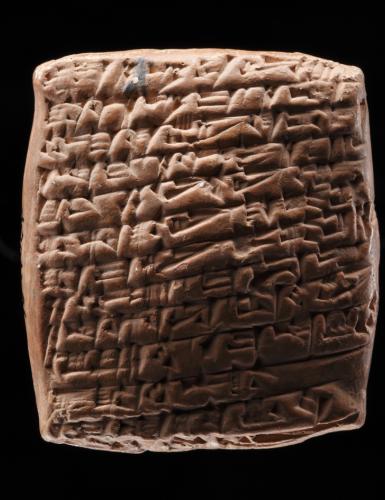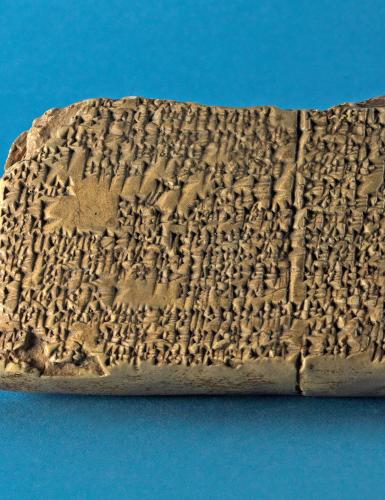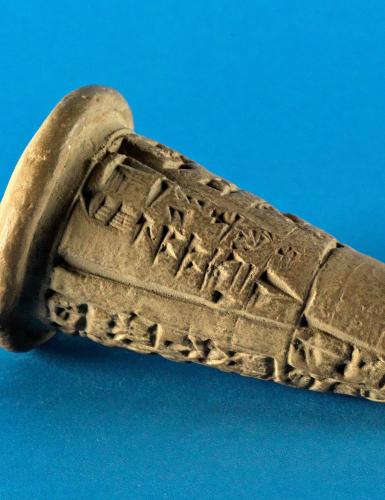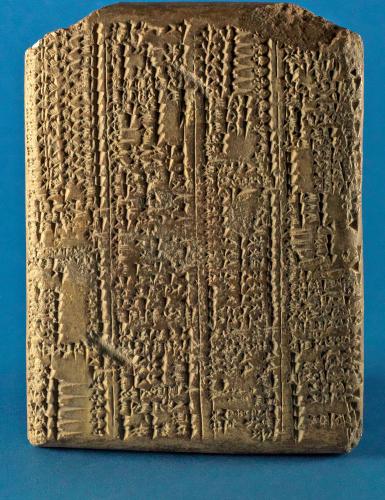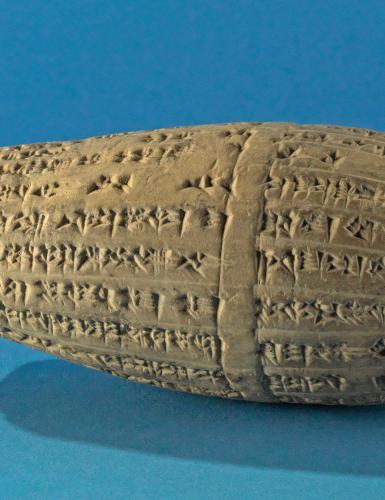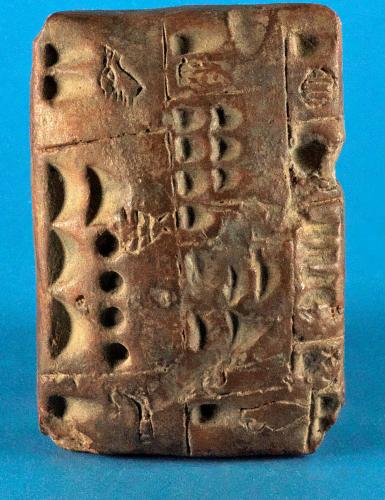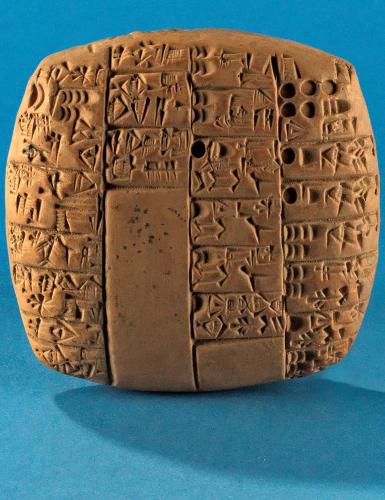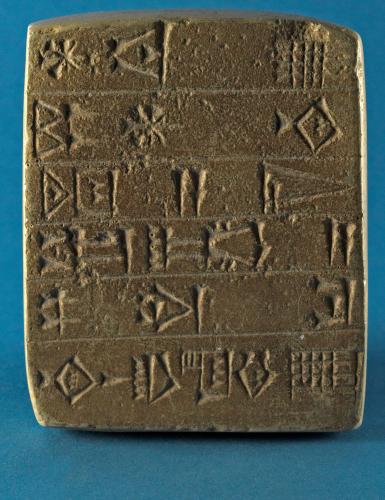The Institute for Ancient Studies at Johannes Gutenberg University Mainz houses a collection of approximately 40 original casts of clay tablets, seal impressions, and reliefs as part of its Near Eastern Studies Teaching Collection.
These are artifacts from the early cultures of Mesopotamia (Sumerians, Babylonians, Assyrians), dating from around 3200 B. C. to the early centuries AD. They reflect all aspects of social life: Royal inscriptions, economic documents, scientific texts such as lexical lists and astronomical explanations, letters, and literature, including the world-famous Epic of Gilgamesh and the Cyrus Cylinder.
The most important writing system for the Ancient Orient was used for all these texts: Cuneiform. The so-called wedge was created by pressing the stylus head of the writing tool into the moist clay. Some clay tablets have individual seal impressions to ensure the owner’s authenticity.
In addition to clay tablets, the collection also displays inscriptions carved in stone, with cuneiform-like pictorial elements. The collection is completed by a few original ceramic artefacts.
The collection exists since 2005 and is primarily used in teaching. The majority of the original casts originate from the plaster molding studios of Berlin’s State Museums and the British Museum.

A matter of opinion!
The World’s First Declaration of Human Rights?! The Cyrus Cylinder

